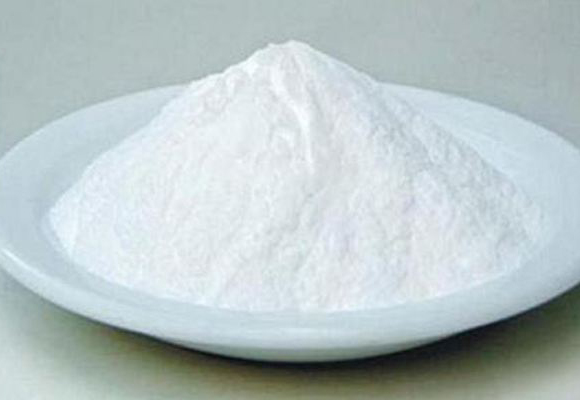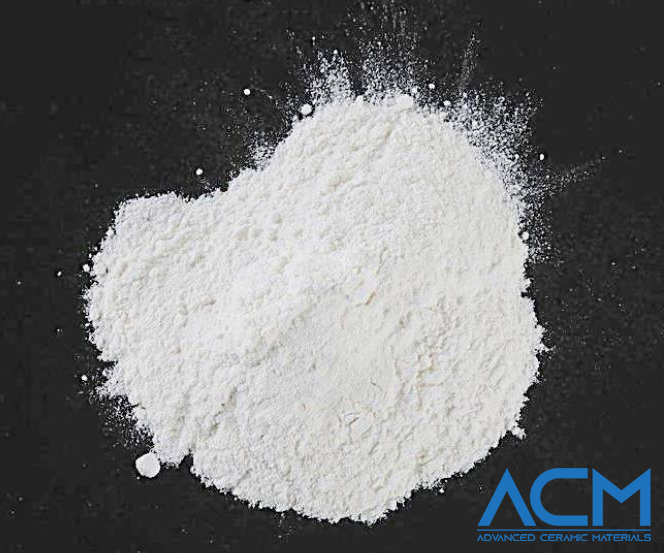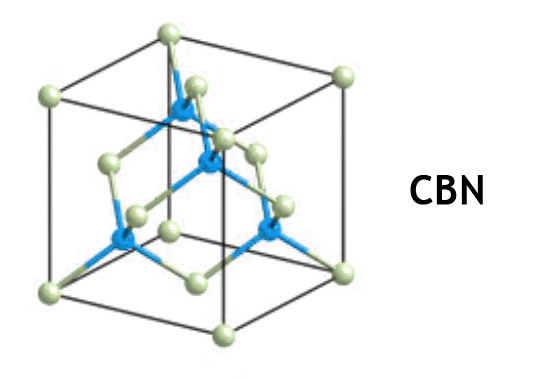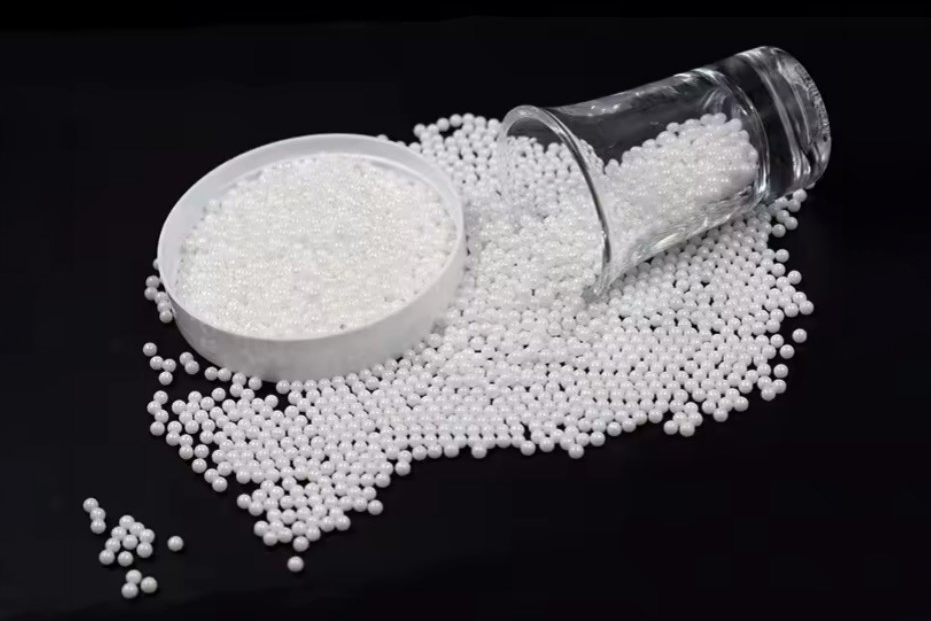New Research Results of Fine Process of Zirconia Ceramics

The ultra-high temperature technology can not only develop zirconia ceramics inexpensively but also cheaply develop new types of glass, such as optical fibers, magnetic glass, hybrid integrated circuit boards, zero-expansion crystallized glass, high-strength glass, artificial bones, and tooth sticks. The zirconia ceramic ultra-high temperature technology has the following advantages: it can produce substances that cannot be produced by conventional methods; it can obtain substances with extremely high purity: productivity can be greatly improved, and the operation procedure can be simplified and easy.
In addition to ultra-high temperature technology, preparation of zirconia powder by dissolution method, preparation of ceramic powder by chemical vapor deposition, production of mullite ultrafine powder by sol K gel method, and plasma gas-phase reaction method have also attracted people’s attention. Most of these methods have been developed in recent years or have been improved in the near future.

Molding of Zirconia Ceramic
The zirconia ceramic forming method is roughly classified into two types: dry forming and wet forming. Dry forming includes steel die pressing, isostatic pressing, ultrahigh pressure forming, powder electromagnetic forming, etc.; wet forming can be roughly divided into plastic molding and colloidal casting molding.
In recent years, colloidal molding and solid moldless molding technology have also achieved rapid development in the formation of zirconia ceramics. The zirconia ceramic colloidal forming is a wet forming of a highly dispersed ceramic slurry, which can effectively control agglomeration and reduce defects as compared with dry forming. Moldless forming is actually the application of Rapid Prototyping Manufacturing Technology (RP&M) in the preparation of zirconia ceramic materials. This process is carried out by converting the zirconia ceramic slurry with or without binder under direct conditions from a liquid state to a solid state, and then manufacturing a zirconia ceramic green body layer by layer according to the principle of RP&M. The formed green body generally has good rheological properties and can ensure no deformation during post-treatment.
Sintering of Zirconia Ceramic
Zirconium oxide ceramics require different firing and sintering techniques than conventional ceramics due to their special performance requirements. With the development of the zirconia ceramic industry, breakthroughs have been made in the research of firing mechanism, sintering technology and special furnace facilities. At present, the main sintering methods of special ceramics are: atmospheric pressure sintering, hot pressing sintering/hot isostatic pressing, reaction sintering, liquid phase sintering, microwave sintering, arc plasma sintering, self-propagating sintering, vapor deposition and etc.
Precision Machining of Zirconia Ceramics
Zirconium oxide ceramics are brittle materials with high hardness and brittleness. Their physical and mechanical properties (especially toughness and strength) are quite different from those of metallic materials, and their processing properties are poor and processing is difficult. Therefore, studying the grinding mechanism of zirconia ceramic materials and selecting the best grinding method are the main problems to be solved.
The zirconia ceramic grinding methods that have emerged in recent years mainly include ultrasonic vibration grinding, on-line electrolytic dressing grinding, electrolysis, electric spark composite grinding and electrochemical online control.
Conclusion
In conclusion, the fine process of zirconia ceramics has undergone significant developments in recent years, with advancements in ultra-high temperature technology, zirconia powder preparation, ceramic forming, sintering techniques, and precision machining. These advancements have allowed for the production of new types of glass and ceramics with improved purity, productivity, and simplified procedures. Additionally, new methods of colloidal molding and solid moldless molding have achieved rapid development, while precision machining of zirconia ceramics continues to be a challenge due to their unique physical and mechanical properties. Overall, these advancements have opened up new possibilities for the use of zirconia ceramics in various applications, from high-strength glass to artificial bones and dental implants.
For more information, please visit https://www.preciseceramic.com/.
{{item.content}}
LEVE A REPLY
{{item.children[0].content}}
{{item.content}}











